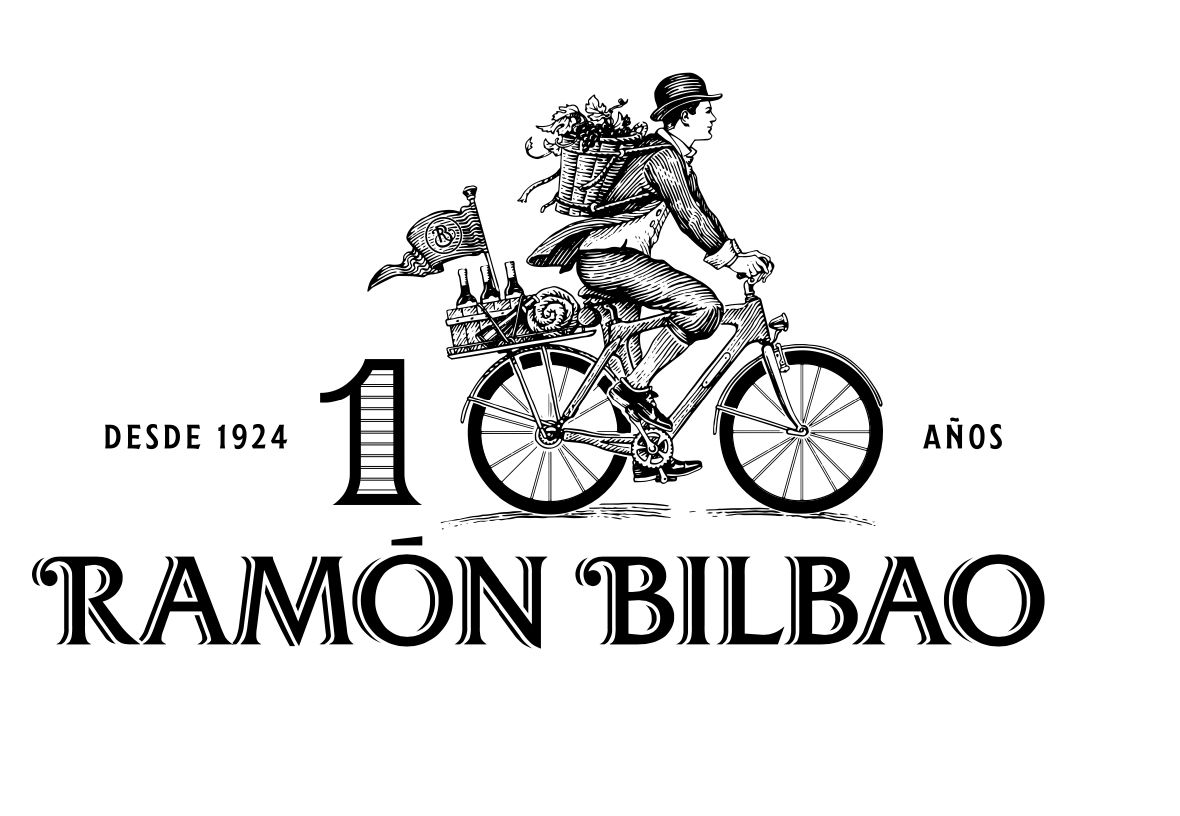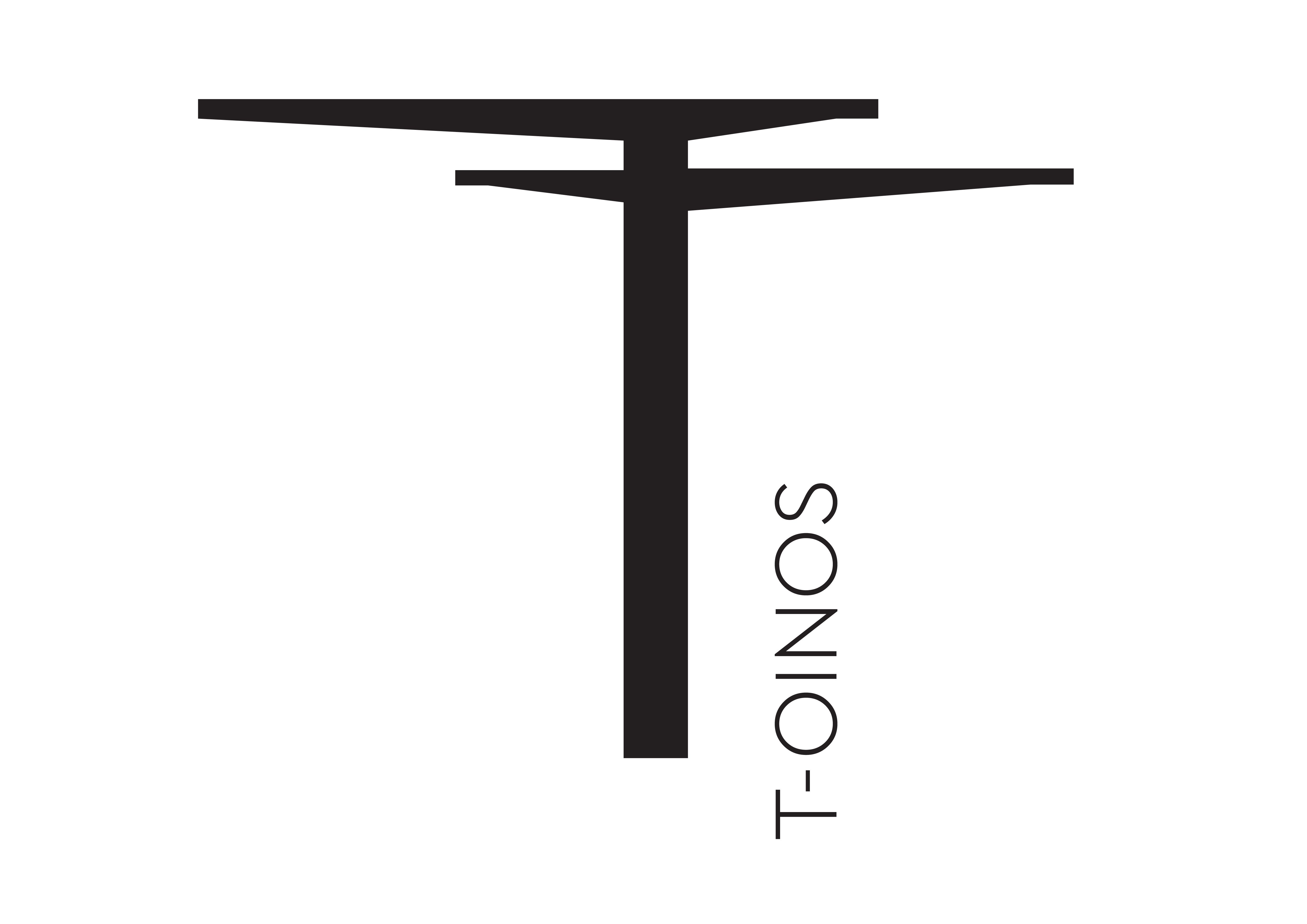“It’s not just the standout branding of GLUP! that is distinctive and playful – each of the wines are made in a hands-off contemporary style,” writes Dean.
When Longaví was set up ten years ago in the Southern part of Chile, it started making wines in an international style with Cabernet Sauvignon and Sauvignon Blanc to the fore. With its new GLUP range of six wines made in a fresh, expressive, quaffable style this project feels like it has found its true compass – and great things should come of it, especially with the prices that are insanely good value.
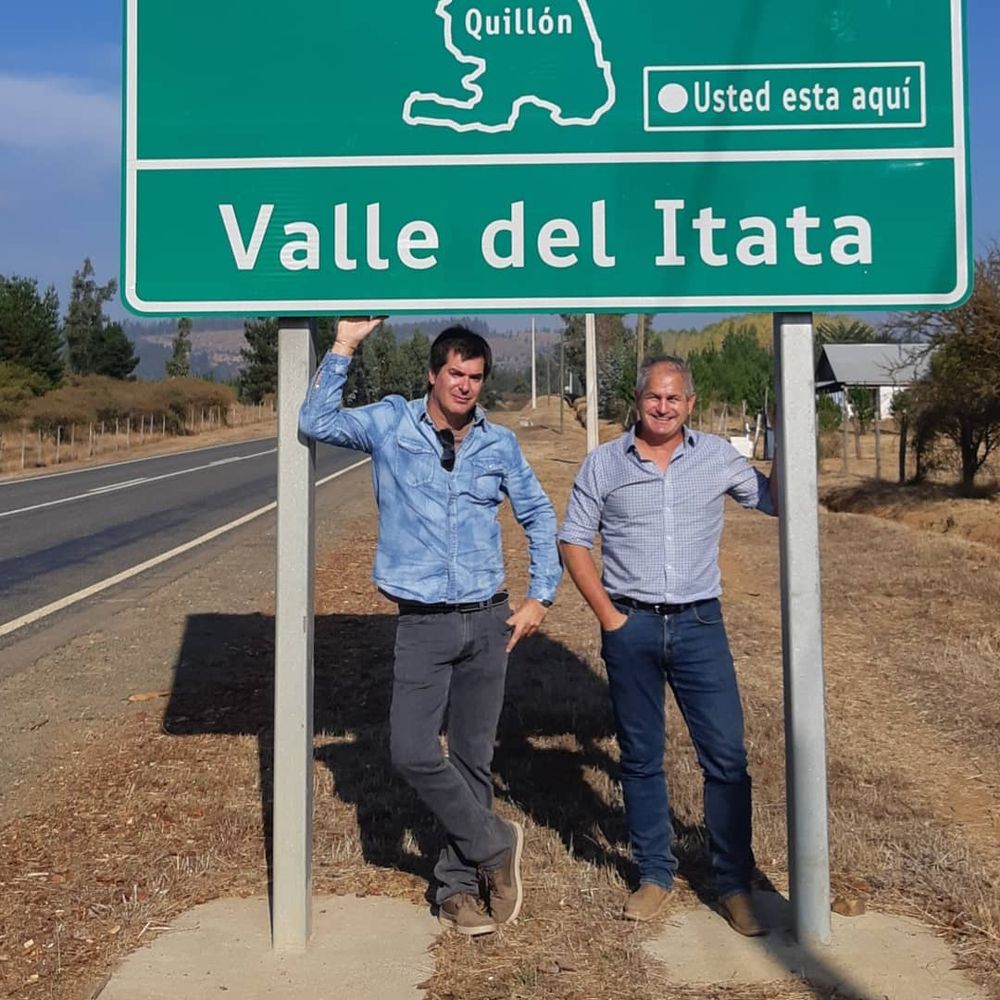
Julio Bouchon and David Nieuwoudt (l-r) visiting Luis Romero the person behind the Cinsault Glup Vineyard
Longaví is a joint venture between long-standing friends Chile producer Julio Bouchon and South African oenologist David Nieuwoudt from Cederberg. Bouchon, who runs Bouchon Family Wines has always been driven by old vines, indigenous varieties, granitic soils and making wines that are fresh and contemporary in style. His old vine Pais, in particular, which comes from wild vines and wines he makes under the Vigno umbrella are fine examples of his terroir-driven style.
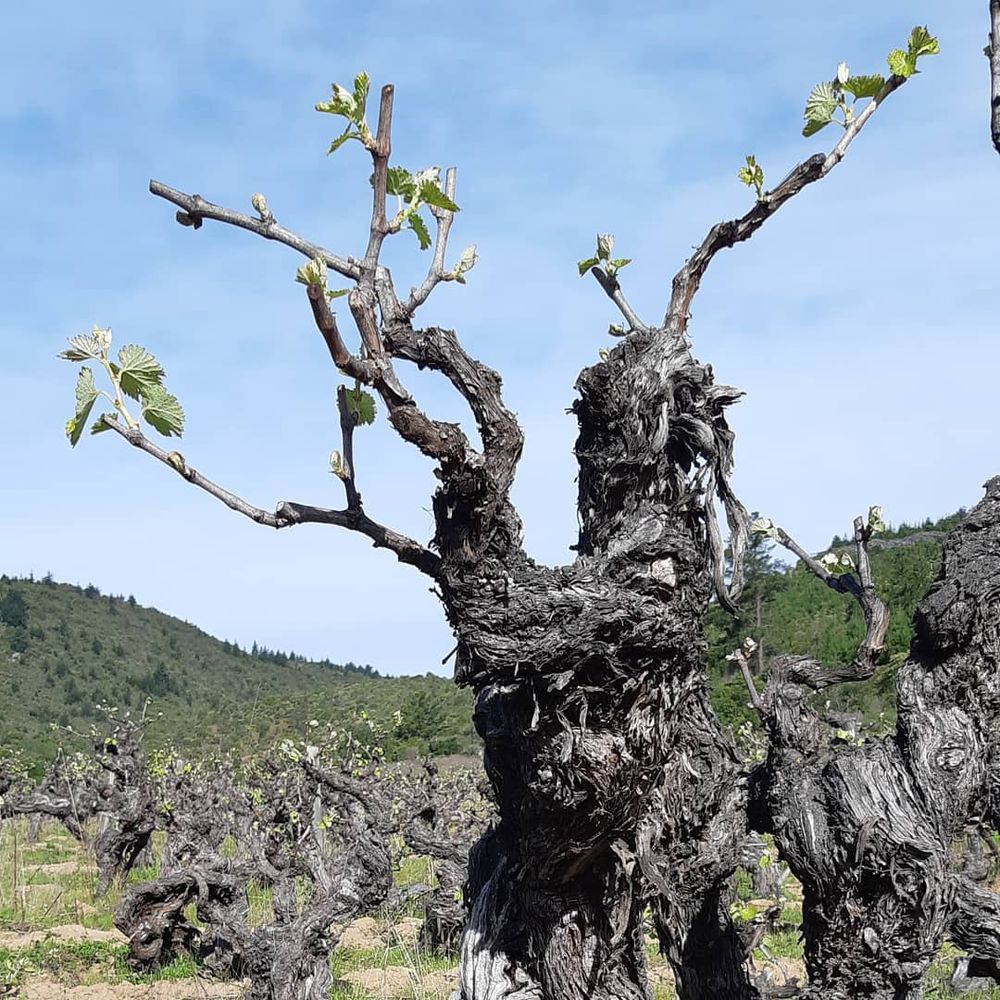
Old vine Pais
There is a natural fit then between Bouchon and the style of wines David Nieuwoudt is known for making in the high, rugged Cederberg mountains where he is responsible for South Africa’s highest Sauvignon Blanc vines and is one of only four estates to have the rare grape Bukkettraube under vine – a cross between Sylvaner and Trollinger. “Keep it simple” is one of his mottos and that is clearly evident in the wines of this joint venture.
“Minimal intervention, like the old men used to make wine, native yeast and no filtration,” is part of their credo.
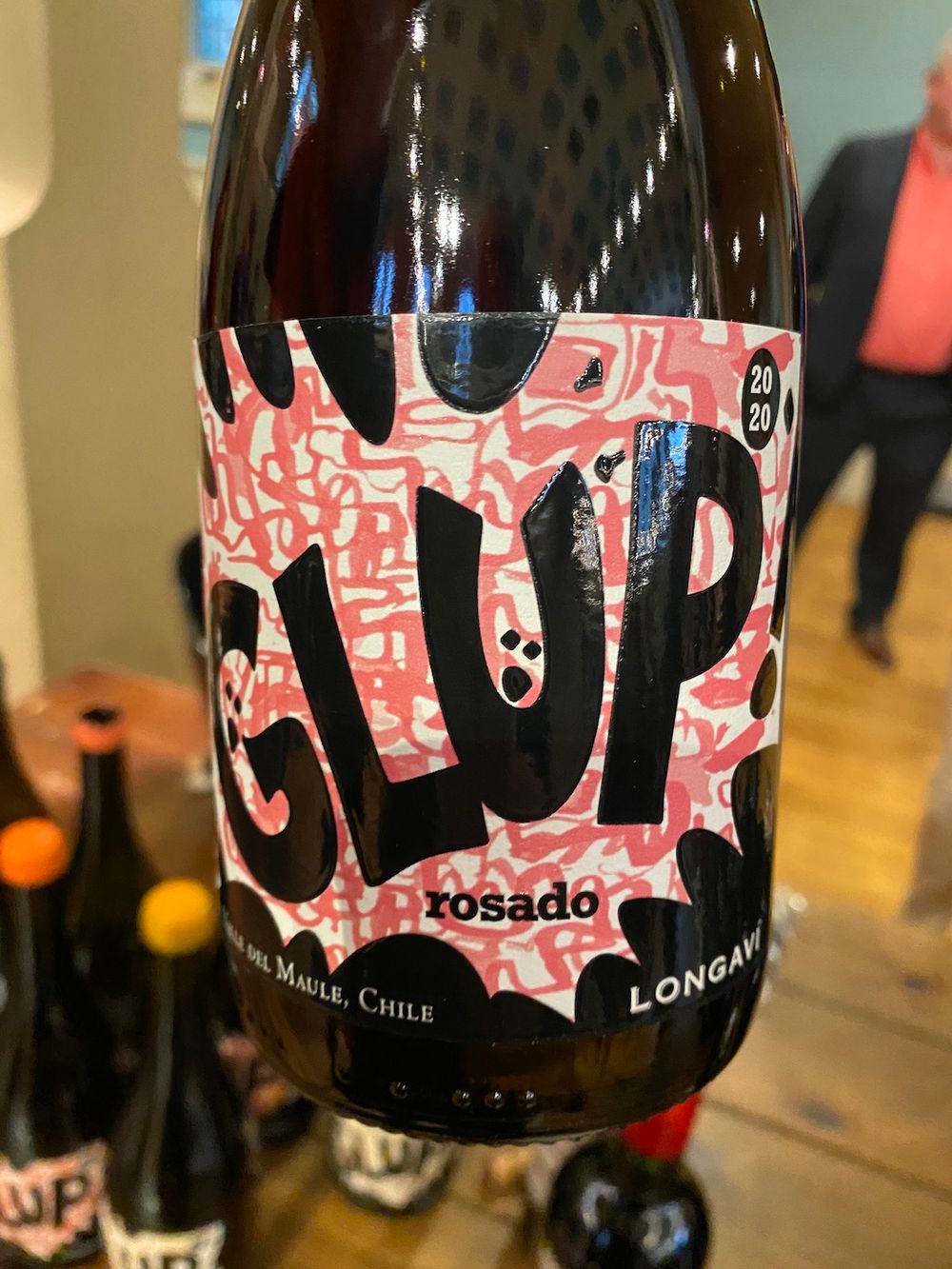
Although Longaví does produce cool-climate Sauvignon Blanc and Cabernet Sauvignon under the Longaví label, this GLUP project is really distinctive and was one of the standout hits at Bibendum’s annual portfolio tasting. There are six wines made in total, although for the time being Bibendum is selling five and not importing the Cinsault. Each wine has a natural purity and honesty about them – contemporary and with eye-catching branding.
But it’s not just the standout branding of GLUP! that is distinctive and playful – each of the wines are expressive, distinctive and made in a crunchy, gluggable style using native yeasts, skin contact and bottled without stabilisation, fining or filtering.
‘Glup’ translates in wine terms to something akin to ‘Glu Glu’ or ‘Gulp’ which conveys well their easy-drinking style, and is not directly related to the Chilean rock band that was around in the late 1990s, although that might well have been intentional.
So how were the wines tasting?
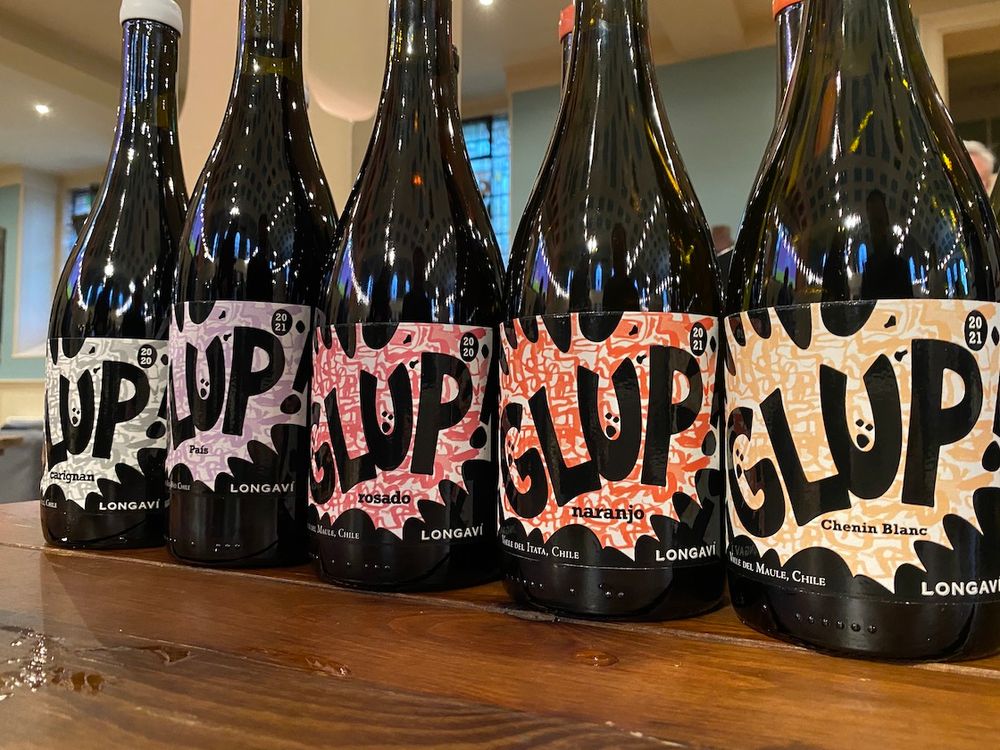
GLUP Rosado 2020 is a beautifully original style of rosé, a field blend sourced from Grenache, Mourvèdre and Pais bush vines in the Maule valley that are over 100 years old and grown on granitic soil. Whole bunch-pressed, aged in used French barrels for eight months and then bottled without stabilisation, fining or filtration. Pinkish-red, transparent, the nose is pretty, with violets and fresh red and black fruit. In the mouth the wine is fresh, light and elegant with a good degree of tension and texture, the acidity is well balanced, and there is a ‘green’ crunch and herbal quality to the finish. 12.5% abv
GLUP Chenin Blanc 2021 is the only Chenin Blanc to be made in Chile and is done so in a bold, oxidative style. The fruit is sourced from vines grown on volcanic sub-soil in the Maule Valley. The grapes are fermented with indigenous yeast and then aged in amphora for six months on the skins. The nose is very oxidative with smoky gunflint, the palate is fresh, juicy with citrus and pear flavours underpinned by layers of fine-grained, stony texture. Lots of detail. I would recommend decanting an hour or so before serving. 12.5% abv.
GLUP Naranjo 2021 is an exciting orange wine that will appeal to a broad audience as well as the ‘weirdy-beardies’. Made 100% from 60-year-old Moscatel bush vines grown on steeply-sloping granitic/ clay soils in the Itata Valley, the juice was fermented with the skins for six months in concrete tank then without the skins for four months in used French barrels. To look at the wine is an attractive light hue of orange with saffron highlights; the nose is pretty with white flowers, orange skin and turmeric; the palate is refreshing and light with mandarin notes and a bitter orange tang on the finish; elegant with a fine, tannic register on the palate. 13% abv.
GLUP País 2021 is quintessentially ‘old school’ Chilean, coming as it does from 100+ year old vineyards, on volcanic/ sandy soil in the Bío Bío Valley. The fruit is fermented, 30% whole bunch, in open-top fermenters, cold maceration for three days, one ‘pisage’ a day for 14 days then racked to foudre where it undergoes malolactic fermentation and is aged for four months. País can be very austere and hard to embrace but this style is more approachable at the same as being very true to its roots. The nose is complex with mulberry fruit, wild herbs and crushed rock notes; the palate is dry with a nice balance of being light and refreshing, at the same time as being tannic, stalky and bitter-edged – wild cherry and raspberry notes to the fore. Fine, stony texture. 12.5% abv.
GLUP Carignan 2020 is made in a rustic, highly reductive style that will be pretty Marmite in its ability to split a room. It’s from bush vines grown on granitic/ clay soils in the Curimaqui zone to the south of Cauquenes. The wine is fermented in concrete tanks then aged in 225-litre barrels for 12 months and bottled without filtering. The wine is intensely purple; blue fruit on the nose blends with cloves and dried herbs; the palate is fresh and dry with a sappy edge, washes of red and blue fruit, grippy with a chalky finish. The sample tasted was very reductive and would benefit from a lengthy decant. 14% abv
The GLUP range is imported and sold in the UK by Bibendum, which is a supplier partner of The Buyer. To discover more about them click here.




























